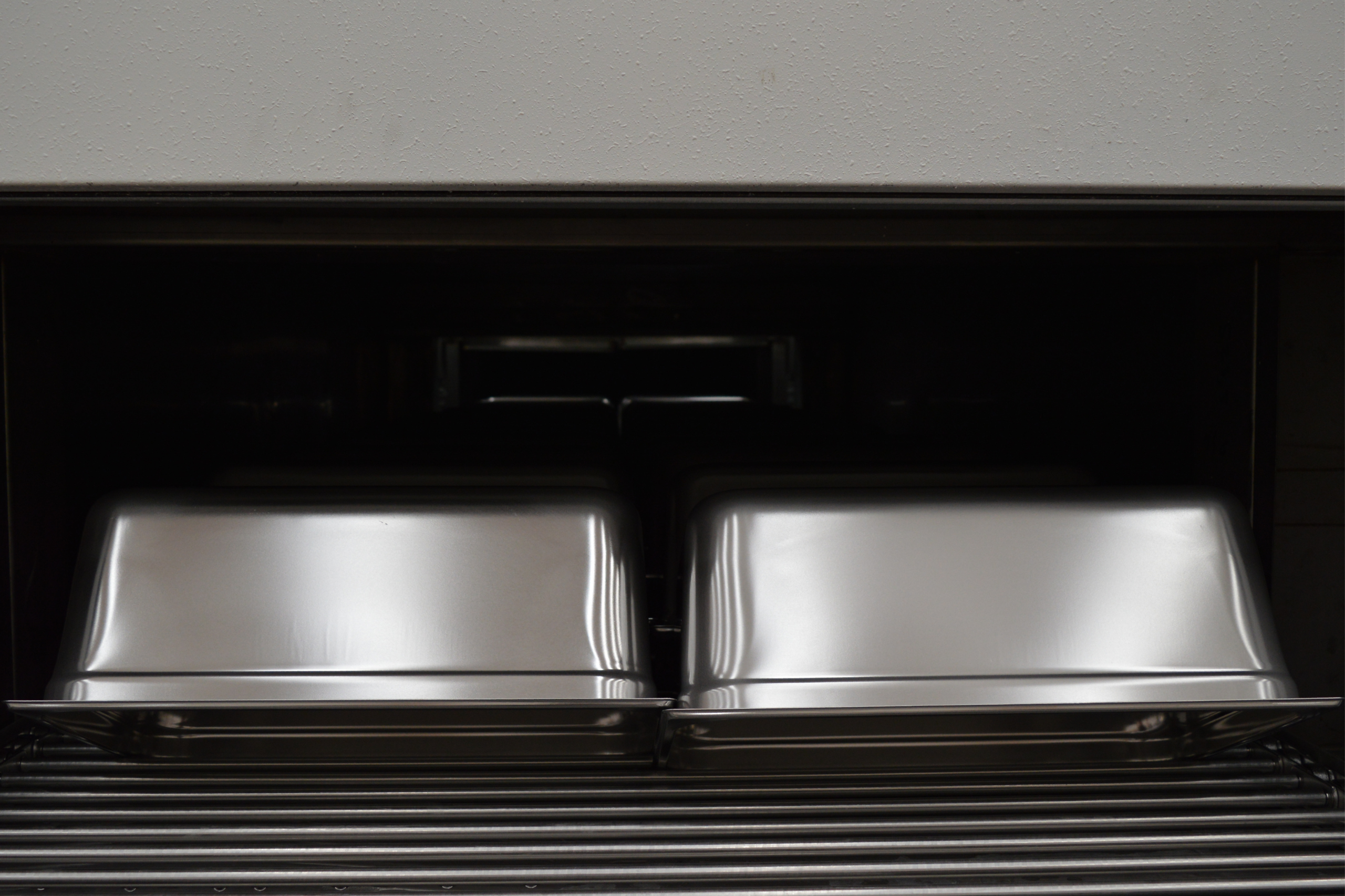NEWS

17 February 2022
ENERGY EFFICIENCY AND ISO 50001
When we use the term ‘energy efficiency’ we are referring specifically to the ability of a physical system to achieve a result by using less energy and increasing overall performance, thereby optimising results. Consequently, the higher the energy efficiency, the higher the energy savings, the lower the running costs, in addition to the clear environmental benefits.
Which instrument to use to aim for energy efficiency?
The voluntary standard UNI CEI EN ISO 50001:2018 is a useful support for companies that want to make energy efficiency a reality.
The purpose of the standard is to enable an organisation to pursue, with a systematic approach based on data and facts, the continuous improvement of its energy performance through the implementation and maintenance of an Energy Management System.
The ISO 50001 standard:
- is applicable to any organisation regardless of its type, size, complexity, geographical location, organisational approach or products or services it provides;
- is applicable to activities affecting energy performance that are managed and controlled by the organisation;
- is applicable regardless of the amount, use and type of energy consumed;
- requires demonstration of continuous improvement in energy performance, but does not define energy performance levels to be achieved;
- can be used independently or be aligned or integrated with other management systems.
How does Mori 2A apply energy efficiency?
In Mori 2A, a fundamental phase in the production cycle of our stainless steel articles is the washing process.
Inside the washing tunnels, on special conveyor belts, the containers are positioned and, as they advance, they are flooded with jets of controlled alkaline solution. The final stages of processing consist of rinsing with mains water and a final rinse with demineralised water. The articles are then dried at 75° C and sent for packaging.
Following the Energy Analysis and consumption monitoring carried out in accordance with our Energy Management System (EMS), we have identified and included the washing tunnel as a significant energy use [1].
Before the energy efficiency measures, the items were dried by radiation using electric heaters installed on the inside of the kiln vault. This led to inefficiencies due to the internal stratification of the temperature, which was warmer near the vault and less hot near the belt with the items.
The efficiency improvement consisted of installing an air drying system using electric heaters and ventilation. The heating elements heat the air, which is conveyed into the tunnel by controlled ventilation, ensuring that the temperature is not stratified and reducing dispersion.
The operation, carried out in cooperation with our supplier, has led to an improvement in the energy efficiency of the washing process with an estimated annual saving of 28,800 kWh/year and a 30% reduction in emissions related to electricity consumption.
In addition, in the next few days, the tunnel will be subject to two new interventions with the aim of further enhancing the energy efficiency of the washing process:
- recovery of heat dispersion by insulating the sides of the hot zones with AISI 430 stainless steel panels and insulating the roof and doors with a double panel of high-intensity polyurethane;
- enhancement of the drying area through the installation of blowers under the conveyor belt and return ducts for the blown air.
Making energy efficiency does not mean dressing up a static company with catchy terms, it means getting involved in practice, acting to improve, continuously. We have decided to fully integrate this concept into our corporate culture and vision, confident that it represents not only the key to successful corporate competitiveness but also the way to a more sustainable future.
[1] Ways of energy use that result in substantial energy consumption and/or offer considerable potential for performance improvement.